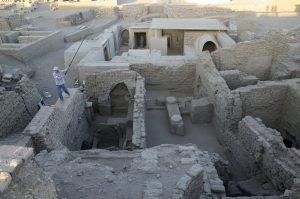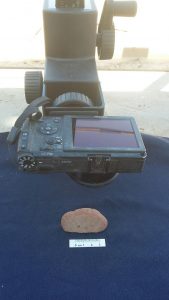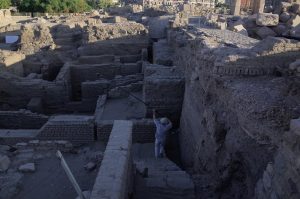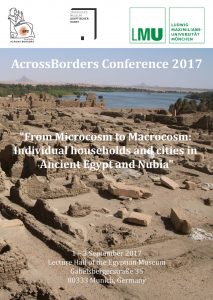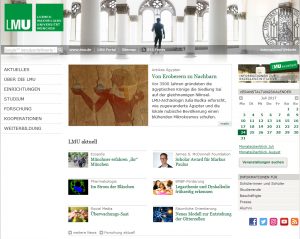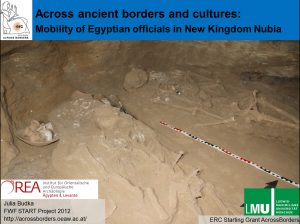My week here at Elephantine passed by very quickly. Despite of all the work, I also had the chance and pleasure to enjoy the beauty of this place and of the landscape at the First Cataract.
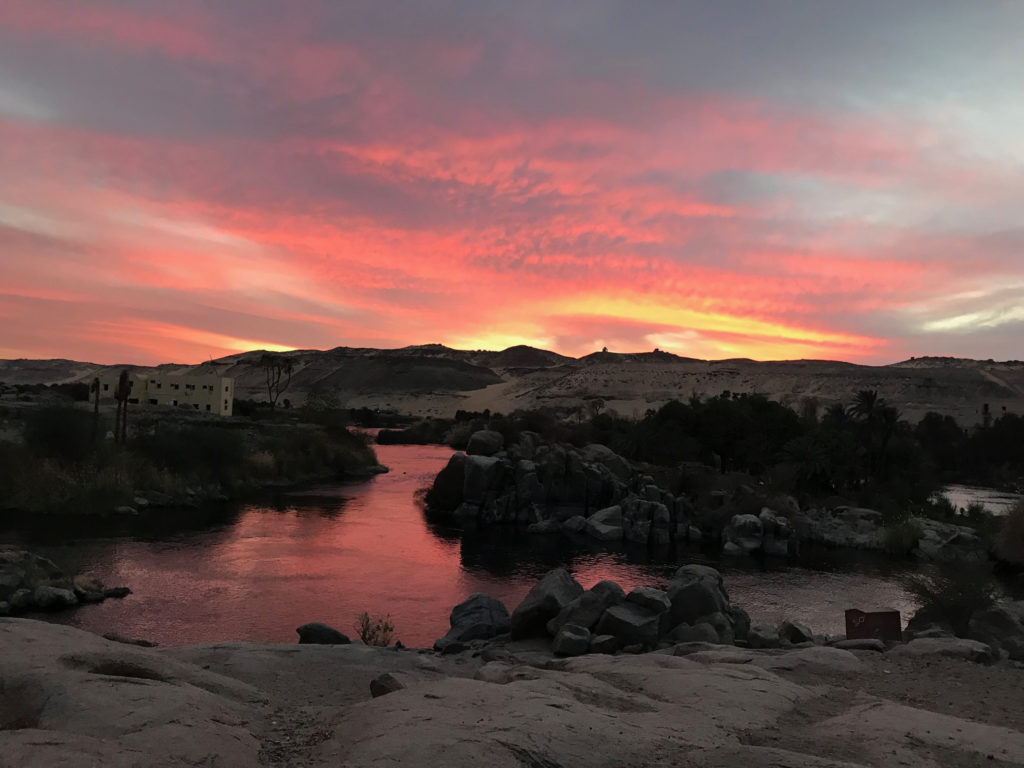
More ceramic material from House 55 is now processed – my pottery database holds currently almost 2400 pieces from the structure, including 350 Nubian sherds. Of particular interest are painted and imported wares as well as functional vessels. The latter allow a close comparison with the material we excavated in the last years within the New Kingdom town of Sai in Sudan.
In general, the functional ceramics from House 55 at Elephantine compare very well with the Sai material. Despite of close parallels regarding the general corpus and the vessel types, I have suggested that a distinct difference applies to the use of Marl or Nile clay for functional vessels (Budka 2018). This can be illustrated by spinning bowls, but also the so-called fish dishes (‘Schaelbecken’), pot stands and zir vessels.
The class of spinning bowls is quite interesting – these are dishes with two handles attached to the interior of the base. The handles are used for wetting linen fibers during spinning. Such spinning bowls are frequently attested in Egyptian settlements like Amarna and Elephantine (where also other evidence for textile working is found).
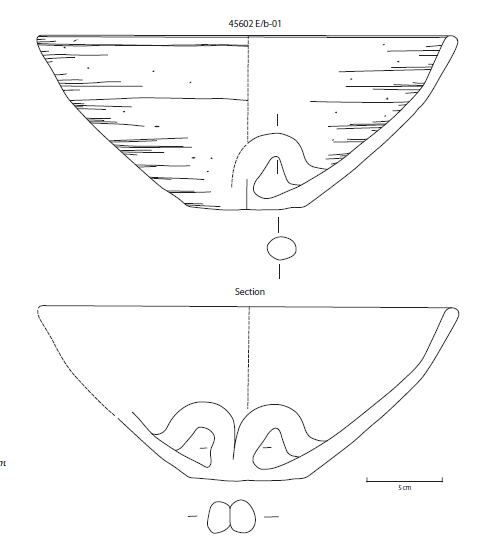
As of today, I have recorded 15 pieces of spinning bowls from House 55 in detail, some of them in a very good state of preservation. More were found in fragmented state and are not considered in my database. 50% of the recorded material was made in Marl clay, 50% in Nile clay. This proportion between Marl and Nile clays differs considerably with the evidence from Sai – although only a small number of spinning bowls were found there within the New Kingdom town, almost all of them are made from Nile clay and were most likely locally produced for demand at the site. Almost no Marl clay spining bowls were imported from Egypt.
All in all, my short stay here at Elephantine was extremely productive and important for working out further details of comparisons between the pottery corpora from Sai and Elephantine.
Reference
Julia Budka 2018. Pots & People: Ceramics from Sai Island and Elephantine, in: Julia Budka und Johannes Auenmüller (eds.), From Microcosm to Macrocosm. Individual households and cities in Ancient Egypt and Nubia, Leiden, 147‒170.

